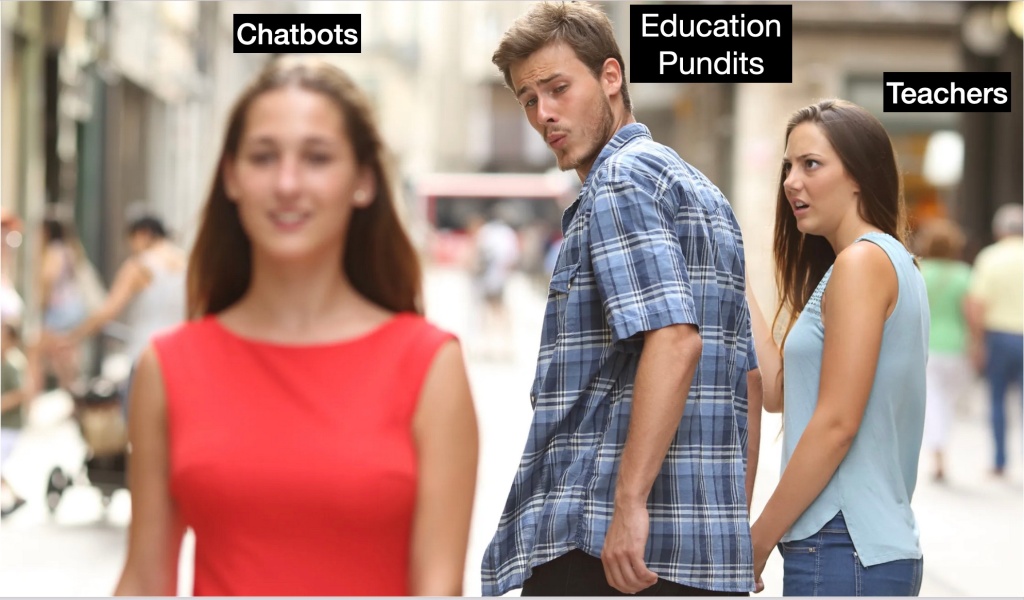
Pennsylvania pays more than $1 billion every year for its 14 cyber charter schools.
And overpays them by more than $450 million each year.
Now – after half a decade of legislative shenanigans – a new bill actually has the possibility of being passed to hold these types of schools accountable.
Last week House Bill 1422 passed by a vote of 122-81, with all Democrats voting for it, joined by 20 Republicans. Democratic Gov. Josh Shapiro would likely sign the legislation if it comes to his desk.
So now it goes to its biggest hurdle – the Republican-controlled Senate.
The state GOP has held up every cyber charter reform measure since the previous Democratic Gov. Tom Wolf suggested it. However, now that Democrats hold a slim majority in the House, Republicans can no longer stymie it completely.
One of the largest problems centers on the cost of doing business. Cyber charter schools educate students online via computer. So why do local public schools have to pay cyber charters the same money as brick and mortar schools to educate students living in their boundaries? Cyber charters don’t have nearly the brick and mortar – no athletic fields, busing, etc. And the physical structures they do have are much smaller. The result is underfunded public schools and cyber charters bursting with cash.
That means higher public school taxes for you and me while cyber charters spend money like it’s going out of style.
The new measure would stop that by telling public schools exactly how much they must pay cyber charters – $8,000 per student not receiving special education services. Most schools currently spend approximately $10,000.
In addition, cyber charter schools would no longer be given more funding for special education students than authentic public schools. Tuition for special education students would be aligned with the system used for authentic public school districts. These measures, alone, are expected to result in about $456 million in savings.
But that’s not all!
The legislation also seeks additional transparency, eliminating conflicts of interest and requiring cyber charters to comply with the state’s ethics and open records law as authentic public schools are already required to do. It would ban enrollment incentives, restrict advertising and event sponsorships.
Gov. Wolf’s original proposal went even further. He had asked the General Assembly to place a moratorium on new cyber charter schools and cap enrollment in low-performing charter schools until they improve. None of that appears in the current legislation.
The bill’s primary sponsor, Rep. Joe Ciresi, D-Montgomery, said the goal was not to close cyber charter programs, but to stop overfunding them. He said:
“We’re looking to put money back into the public schools and also leave the choice that’s there. We should have choice in this state. We’re asking that it’s a fair playing field.”
A lot of the prohibitions in the new legislation seem to have been inspired by real practices by current cyber charter schools like Commonwealth Charter Academy (CCA), the largest school of this type in the state.
For example, CCA spent approximately $19 million on marketing over a two-year period, including a float featuring Jerold the Bookworm for a Thanksgiving Parade.
The proposed law would prohibit all public schools from paying to sponsor public events such as parades and professional sporting events. Moreover, it would require all public schools who advertise to state that the cost of tuition and other costs are covered by taxpayer dollars.
CCA also uses tax dollars to provide $200 for monthly field trips that can be of debatable educational value. They’ve gone to petting zoos, laser tag, bowling and kayaking. A parent of a CCA student even bragged on Facebook about using these funds for Dave and Busters Arcade, a Motley Crue concert, Eagles tickets, and family vacations to Universal Studios and Disney, according to Education Voters of Pa.
The new bill would prohibit cyber charter schools from paying or reimbursing parents/guardians from educational or field trips as well as offering any cash, gifts or other incentives for enrolling or considering enrolling in a cyber charter school.
It would also force these types of schools to be more financially accountable by requiring them to approve an annual budget by June 30th each year, and make the budget available, as well as imposing fund balance limits so they couldn’t horde taxpayer money – all things already required of authentic public schools.
Charter schools – institutions that are publicly financed but often privately run and not subject to the same rules and regulations as authentic public schools – are still controversial despite the first charter school law being passed in 1991 and having spread through at least 45 states. However, only 27 states also allow CYBER charters like this – schools that teach mostly (or entirely) distance learning through the Internet.
Nationwide, Pennsylvania and Ohio have the largest cyber charter enrollment. In 2020-21, the Keystone State enrolled 61,000 students in cyber charters – and roughly 21,000 attend CCA.
A 2022 report by Children First found that of the states with cyber charters, Pennsylvania spends the most but has the “weakest systems to ensure students and taxpayers are getting their money’s worth.” Moreover, of the roughly $1 billion state taxpayers spend on these schools, several reports suggest that the money comes from the poorest districts, where cyber student academic performance is much lower than at neighboring authentic public schools. These are the students most in need of help.
Many provisions in the proposed bill read like such common sense initiatives, it’s chilling that they aren’t already in place.
The bill would require cyber charter schools to verify the residency of enrolling students, report the number of newly enrolled students and how many of those students have been identified as needing special education. Since cyber charter teachers meet with students online, they would need to visibly see and communicate with enrolled students at least once per week to verify the student’s well-being.
There are also many rules about how a cyber charter school can be governed. You could not have a school director from another school district or a trustee from another charter school serving on the board of the cyber charter school. Boards would require a quorum and a majority vote to take action. They would have to comply with the Sunshine Law, Right-to-Know Law, and the Ethics Act. Cyber charter school boards would need to have at least seven non-related members, at least one of whom must be a parent/guardian of an enrolled student.
But let’s not forget the many ways this new law would make cyber charters more transparent. Cyber charter schools could not lease a facility from a foundation or management company – unfortunately a common practice that allows the school to bill the public for a service to itself multiple times. Any conflicts of interest between the cyber charter school and a foundation or management company would need to be disclosed. Cyber charters would not be allowed to have administrators and their family members serving on the board of a charter school foundation that supports the charter school. No charter school trustee could be employed by the cyber charter school, a foundation that supports the school, or a management company that serves the school. The state Department of Education would need to have access to the records and facilities of any foundation and/or management companies associated with the school. Foundations associated with these schools would need to make budgets, tax returns and audits available.
The overwhelming majority of these regulations simply hold cyber charter schools to the same standard we already use for authentic public schools.
However, what often gets left unsaid is how terribly students do academically at cyber charters – something completely left out of this proposed legislation.
Study after study consistently shows that cyber charters are much less effective than traditional public schools – heck! They’re even less effective than brick and mortar charter schools!
A nationwide study by Stanford University found that cyber charters provide 180 days less of math instruction and 72 days less of reading instruction than traditional public schools.
Keep in mind that there are only 180 days in an average school year. So cyber charters provide less math instruction than not going to school at all.
The same study found that 88 percent of cyber charter schools have weaker academic growth than similar brick and mortar schools.
Student-to-teacher ratios average about 30:1 in online charters, compared to 20:1 for brick and mortar charters and 17:1 for traditional public schools.
Researchers concluded that these schools have an “overwhelming negative impact” on students.
And these results were duplicated almost exactly by subsequent studies from Penn State University in 2016 (enrolling a student in a Pennsylvania cyber charter school is equal to “roughly 90 fewer days of learning in reading and nearly 180 fewer days of learning in math”) and the National Education Policy Center in 2017 (cyber charters “performed significantly worse than feeder schools in both reading and math”).
The legislation being considered here does the important work of holding cyber charters financially accountable. However, there still remains the very real question of whether this type of educational institution is viable under normal circumstances.
It will be interesting to see if Republicans find even accountability a prospect worthy of a vote in the state Senate. Lobbyists for charter school networks like K12 Inc. and Connections Education have spent billions of dollars against something like this ever happening.
I guess we’ll soon see who the Commonwealth GOP really listens to – voters or corporate interests.
Like this post? You might want to consider becoming a Patreon subscriber. This helps me continue to keep the blog going and get on with this difficult and challenging work.
Plus you get subscriber only extras!
Just CLICK HERE.

I’ve also written a book, “Gadfly on the Wall: A Public School Teacher Speaks Out on Racism and Reform,” now available from Garn Press. Ten percent of the proceeds go to the Badass Teachers Association. Check it out!






















